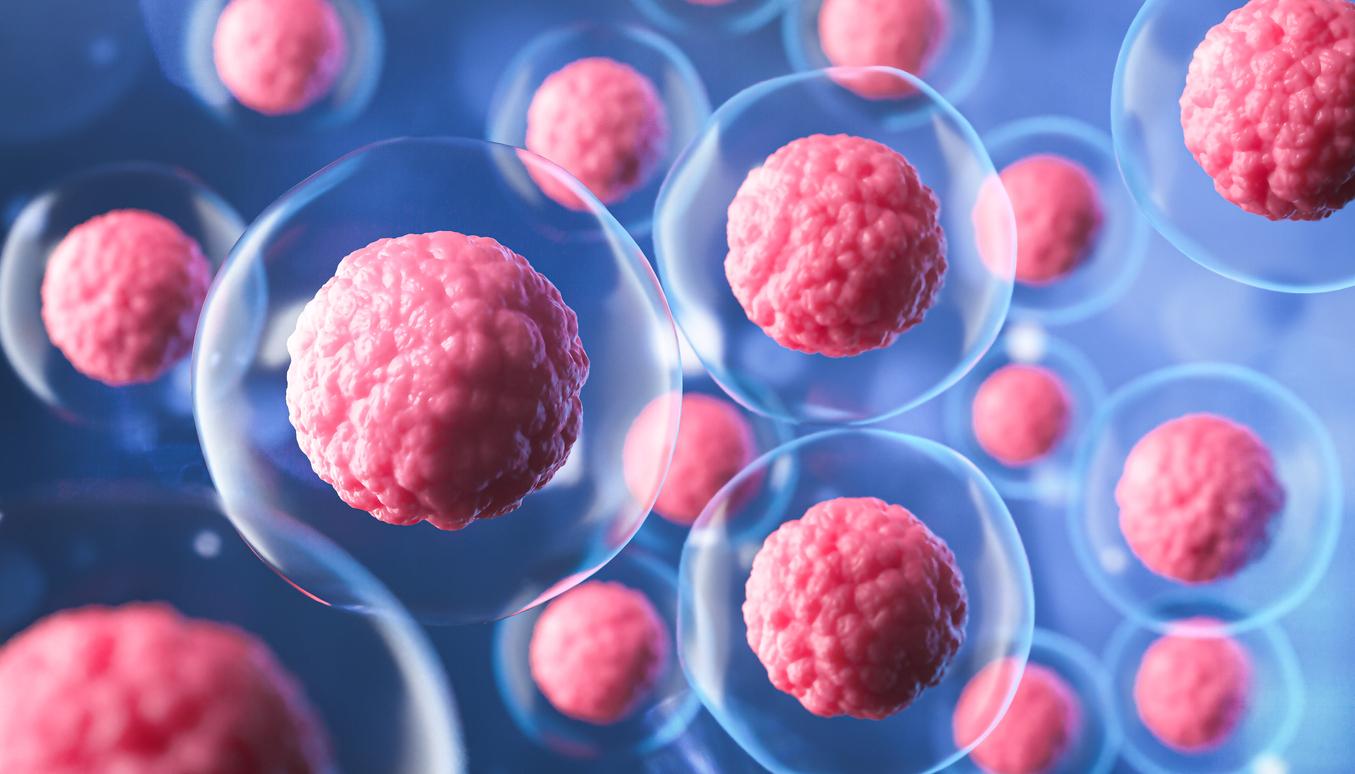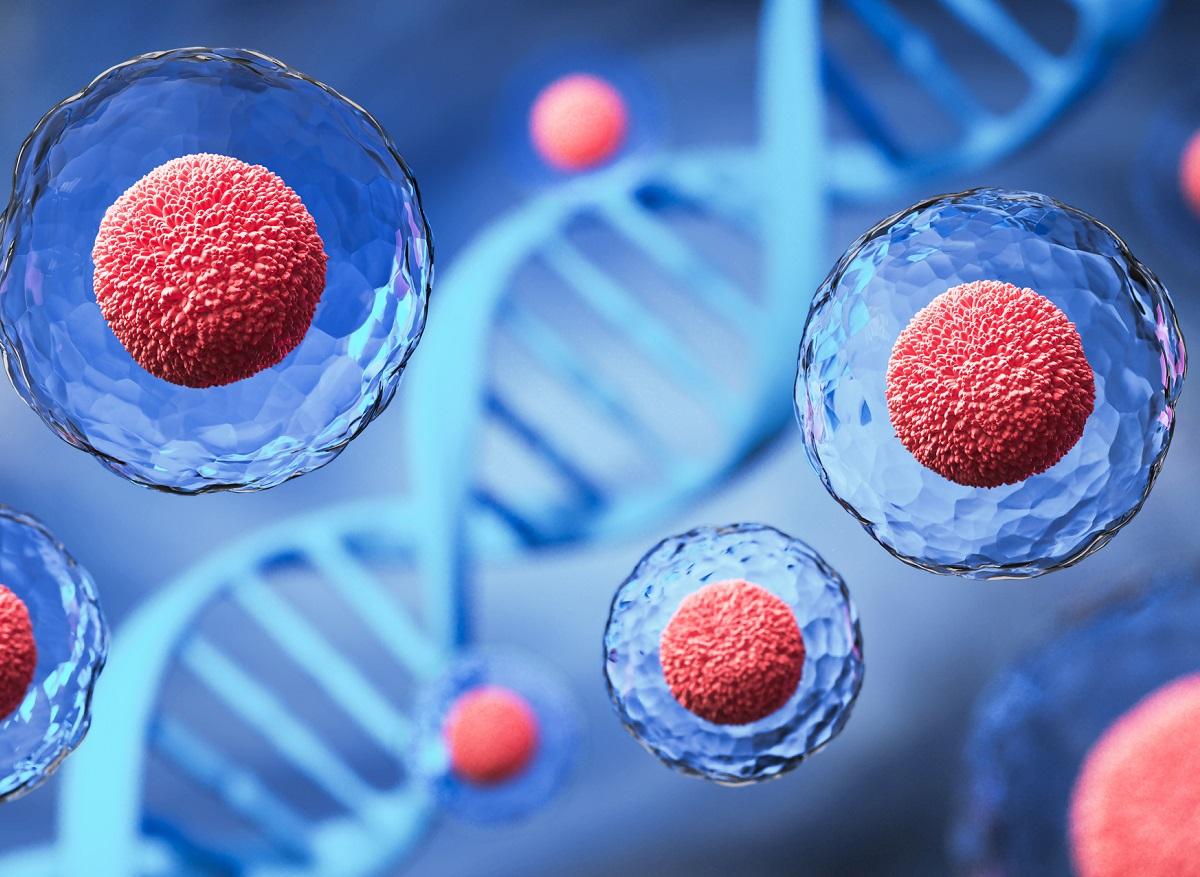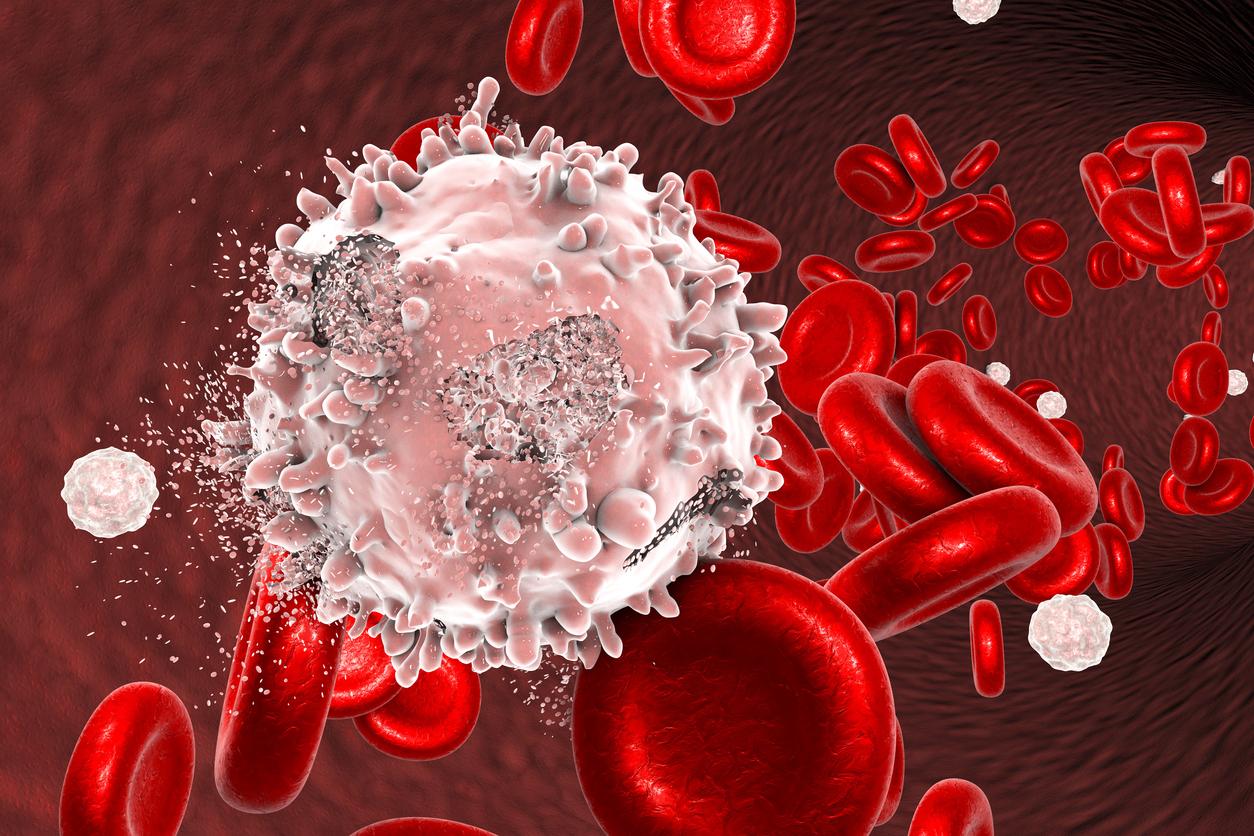Researchers are on the way to a cell therapy that can be used to treat patients with Parkinson’s disease through stem cell transplantation.

- A patient with Parkinson’s disease underwent a stem cell transplant to treat the disease.
- This transplant is part of a clinical trial on 8 people.
- Stem cell transplantation would be a viable therapy for Parkinson’s patients.
Important step towards a new treatment for patients with Parkinson’s disease: Researchers have successfully performed a stem cell-derived nerve cell transplant on a person with Parkinson’s disease at the University Hospital of Skåne, Sweden.
Stem cell transplant reduces Parkinson’s symptoms
This patient is the first of eight people with Parkinson’s disease who will receive the transplant.
According to the press releasethe transplant product is generated from embryonic stem cells and functions to replace dopaminergic nerve cells that are lost in the brains of people with Parkinson’s disease.
These cells are located in the substantia nigra of the brain and have the function of making and releasing dopamine, a neurotransmitter essential for controlling body movements, especially automatic movements (eg facial expressions), indicates France Parkinson. “The disappearance of these neurons thus causes a deficit of dopamine in the brain, henceforth forcing the patient to think about his movements whereas they were once carried out automatically. Dopamine is also a neurotransmitter that is involved in motivation, which can sometimes explain situations of apathy or general disinterest (in people with Parkinson’s).“
Parkinson’s: stem cell transplant would be an effective alternative to drugs
The standard treatment for Parkinson’s disease is drugs that replace lost dopamine, but over time these drugs often become less effective and cause side effects, the researchers say.
To date, there is no treatment that can repair damaged brain structures or replace lost nerve cells. This trial could therefore be an effective new therapy since after being transplanted, the cells should turn into new healthy nerve cells producing dopamine in the brain.
However, the task is difficult and the results are not expected for several years. “The region of the brain into which the cells are transplanted in this test can be as narrow as four millimeters. The surgical instrument is very precise, and modern imaging techniques are of great help to us.“says neurosurgical consultant Hjálmar Bjartmarz, who performed the transplant operation.
Patients in the trial were diagnosed with Parkinson’s disease at least ten years ago and are in a moderate stage of the disease. The researchers will follow these patients closely and evaluations of cell survival and potential effects will be made over the next few years, the researchers said.


















